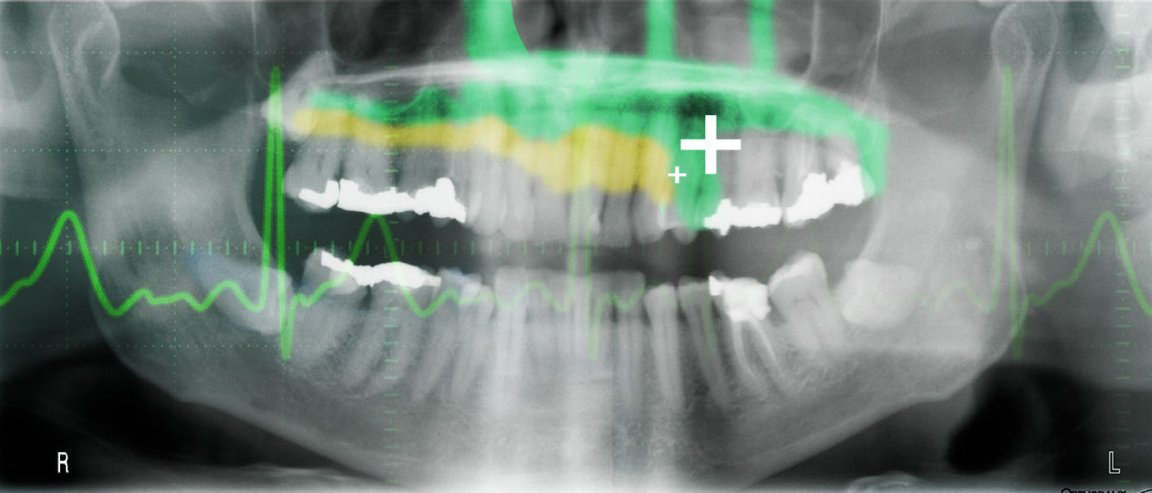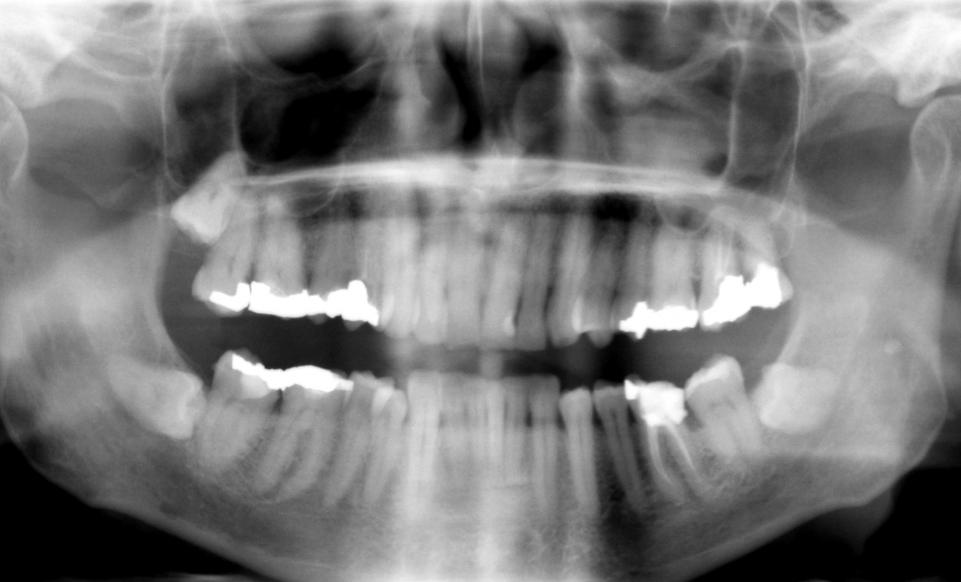
The Root (Canal) of the Problem
No one in their right mind would ever look forward to a filling at the dentist. Why can’t our teeth fix themselves? Maybe they can. At long last, scientists from the University of Nottingham and Harvard University may have revolutionized the way we look at treating dental issues. Their regenerative dental fillings allow teeth to heal themselves—potentially eliminating the need for the high-pitched drilling inherent in root canals.
Regenerating body parts sounds like something a superhero would do. So how do plain old humans get our teeth to regenerate without falling into a vat of toxic waste?
The tooth filling works by stimulating stem cells to encourage dentin growth. This is the bony material which makes up the majority of the tooth. Therefore, patients can effectively regrow teeth damaged through dental disease. Compared to the current methods used to treat cavities, this might sound great to anyone with a fear of the dentist.

Regenerative Dentistry
Aside from a less traumatic experience in the chair, there are many benefits of this type of dentistry. “Existing dental fillings are toxic to cells and are therefore incompatible with pulp tissue inside the tooth,” said Adam Celiz, a research fellow from the University of Nottingham. “In cases of dental pulp disease and injury a root canal is typically performed to remove the infected tissues.”
Celiz describes the process, “We have designed synthetic biomaterials that can be used similarly to dental fillings but can be placed in direct contact with pulp tissue to stimulate the native stem cell population for repair and regeneration of pulp tissue and the surrounding dentin.”
This method won’t be available the next time you visit your local dentist. However, rest assured knowing scientists are hard at work developing the technique to replace traditional fillings.